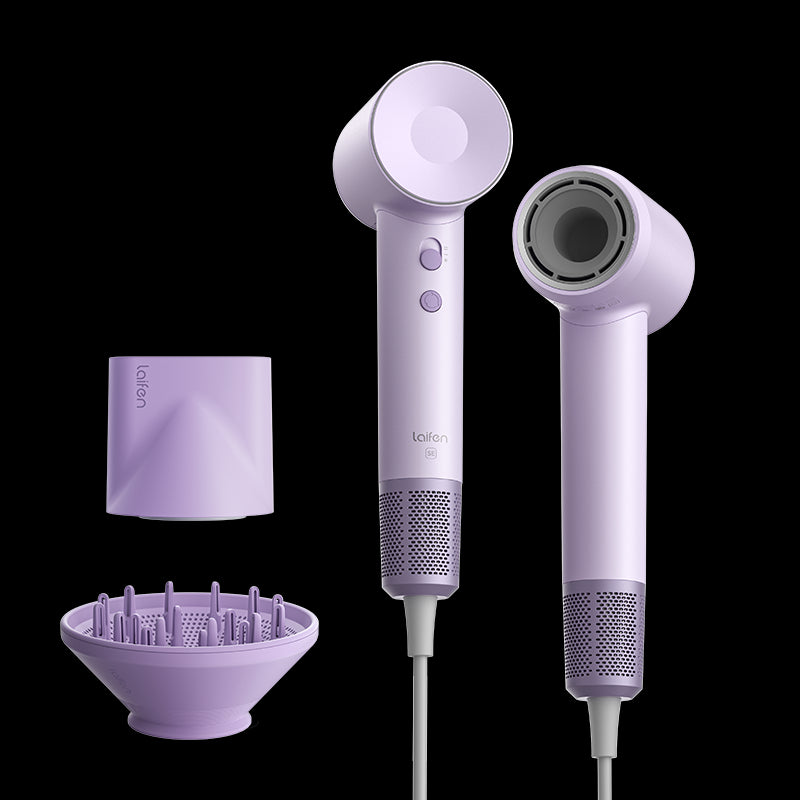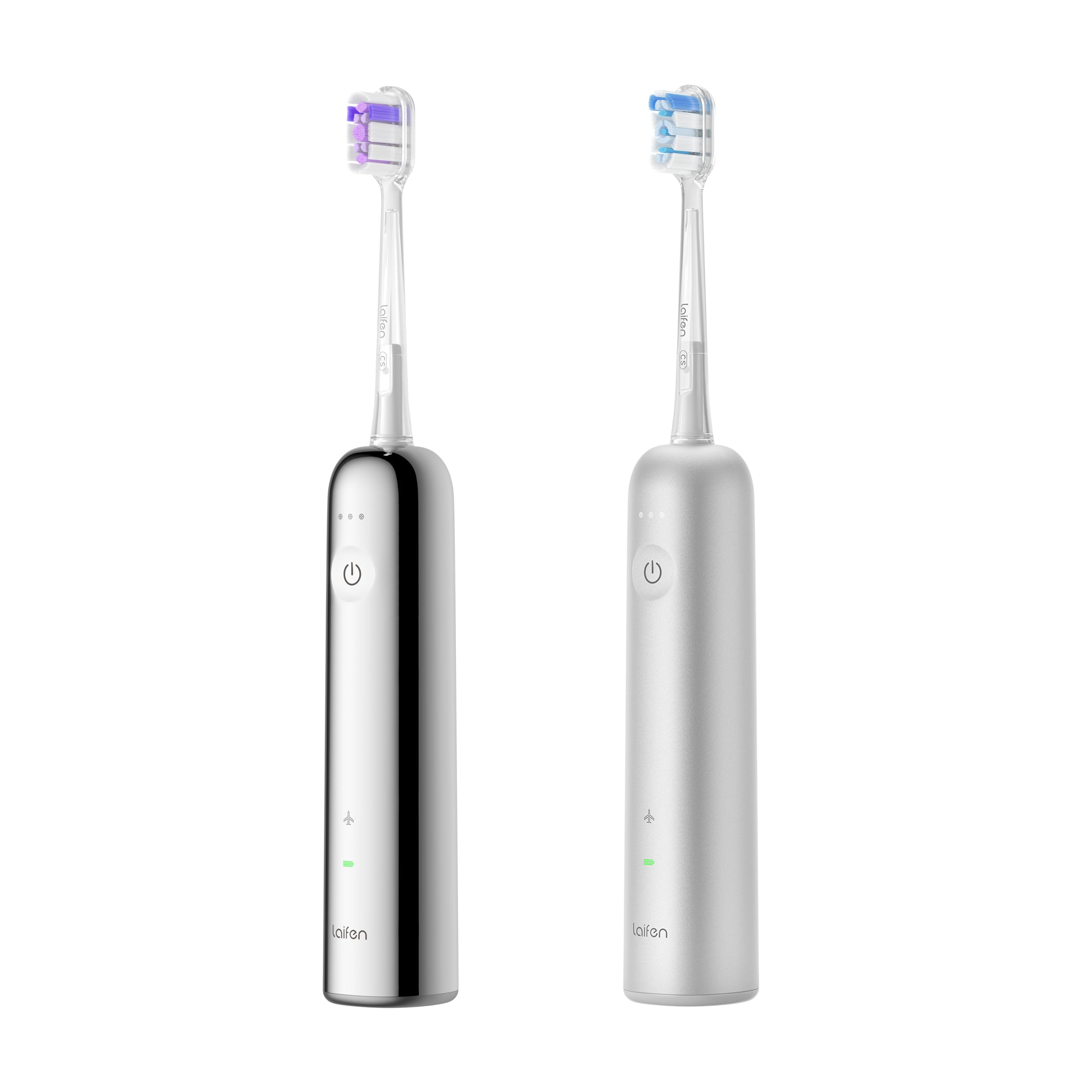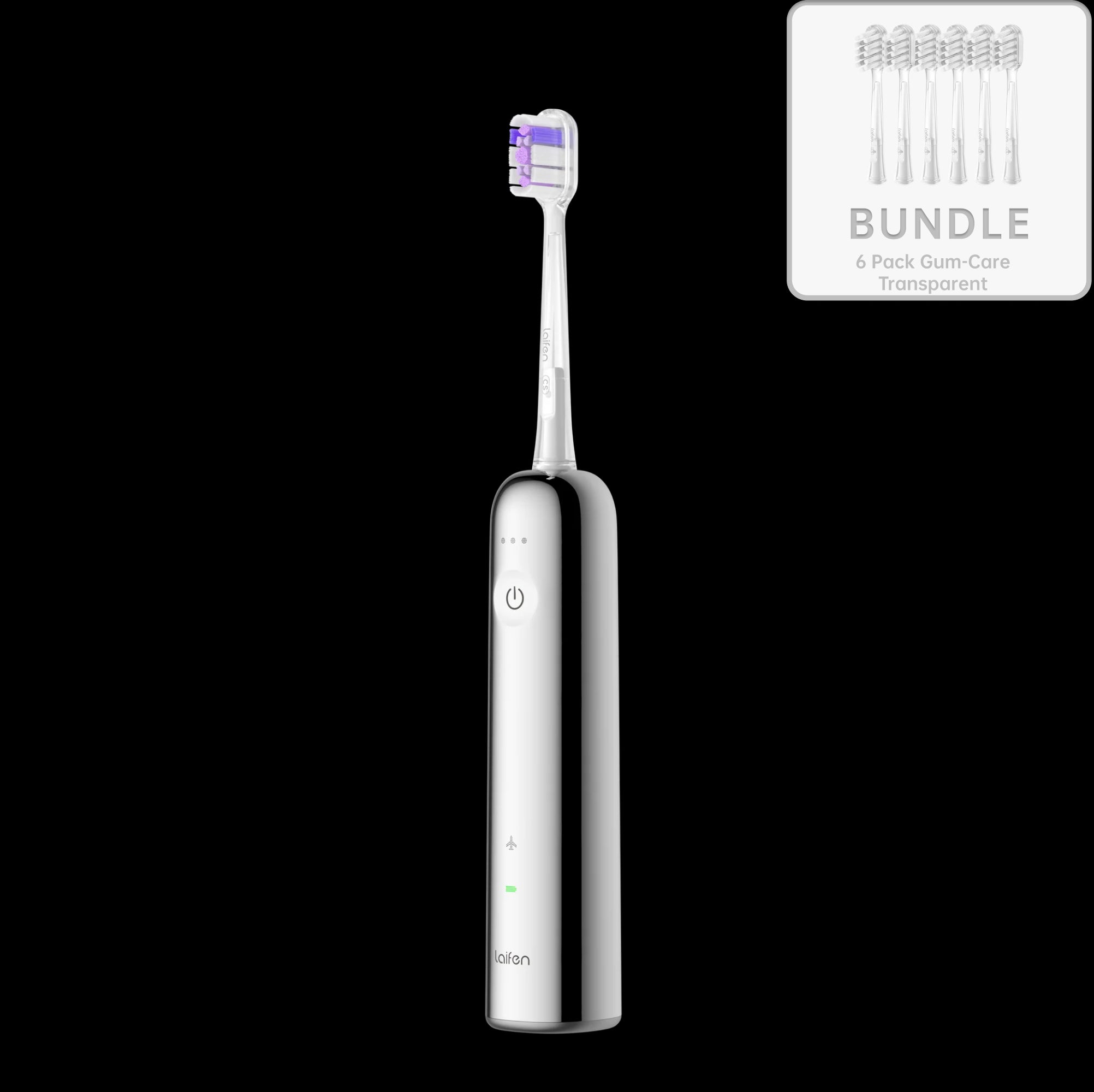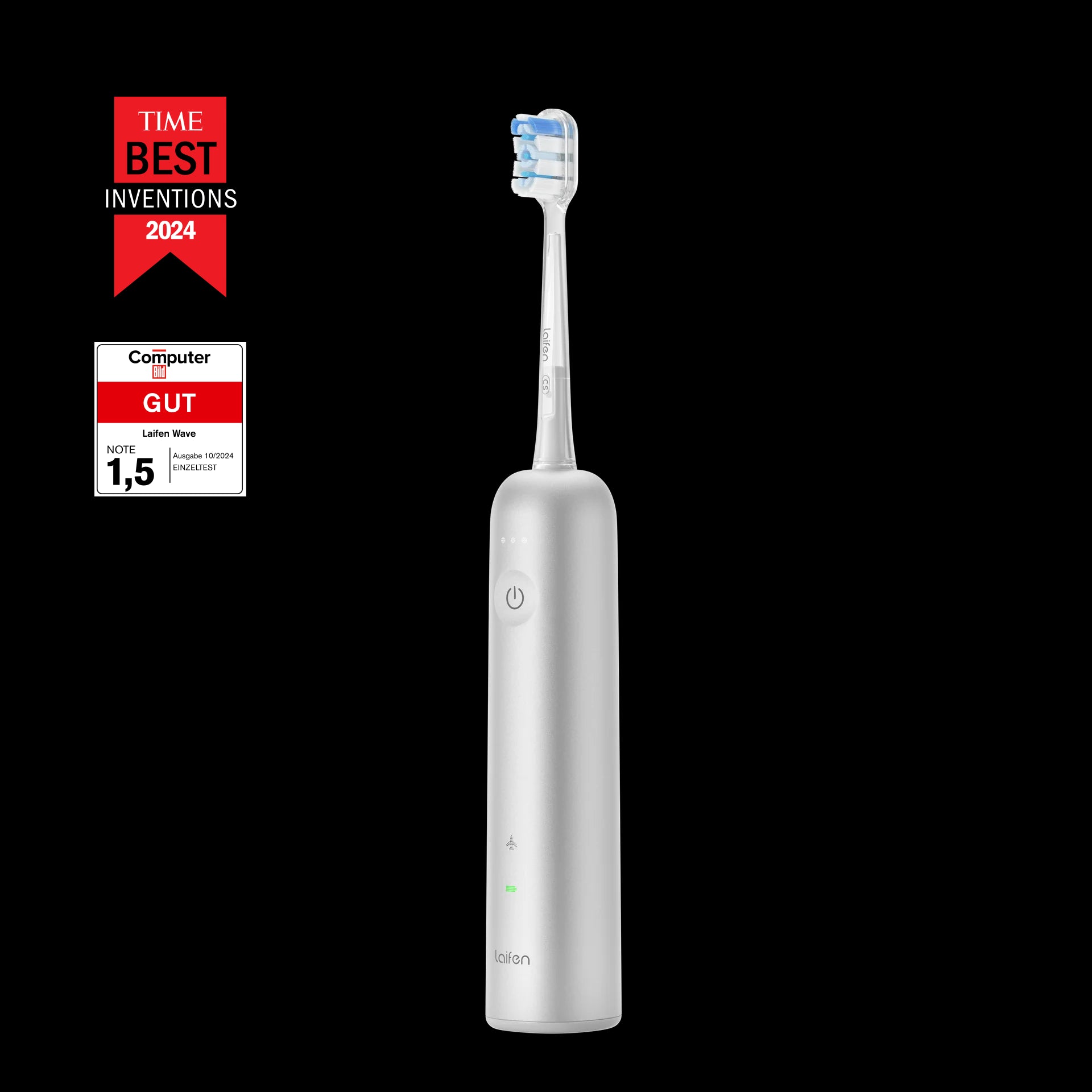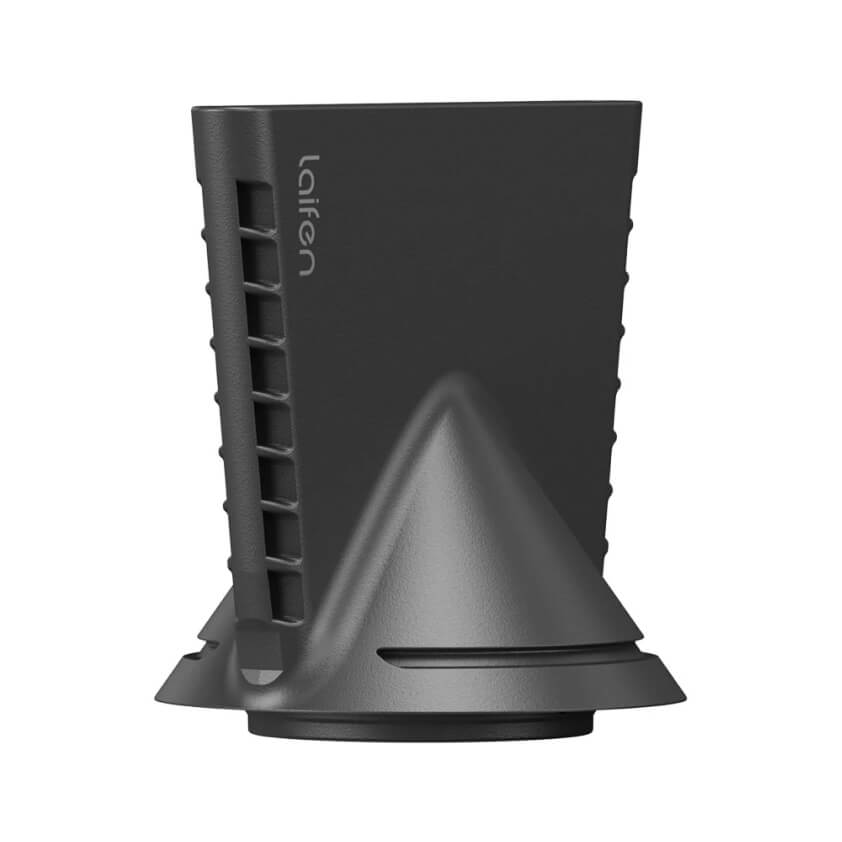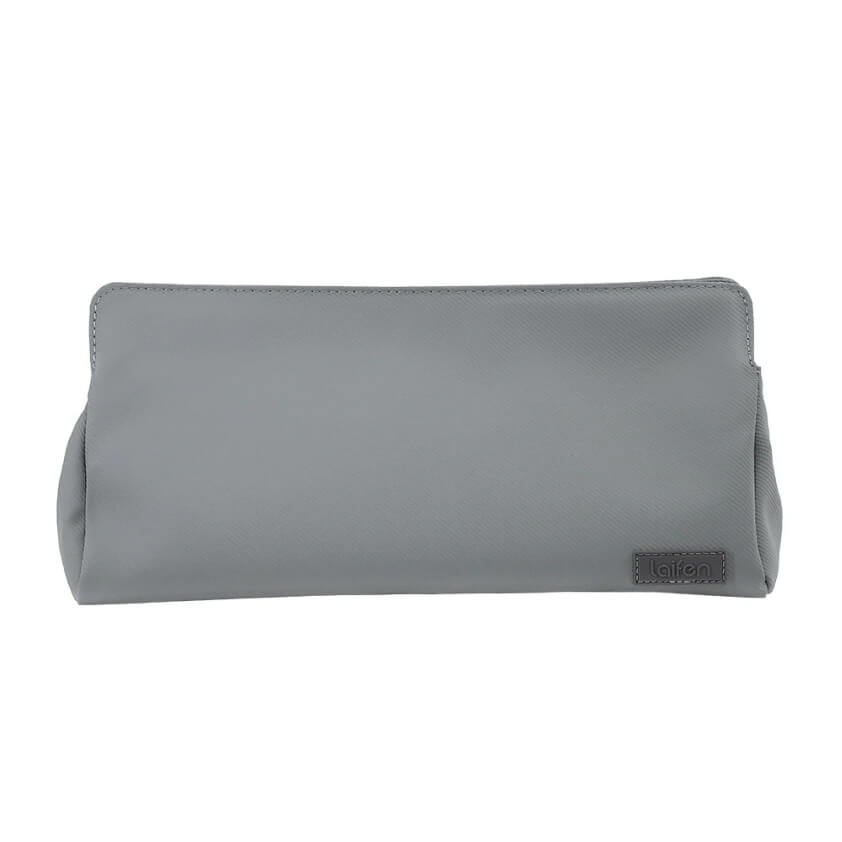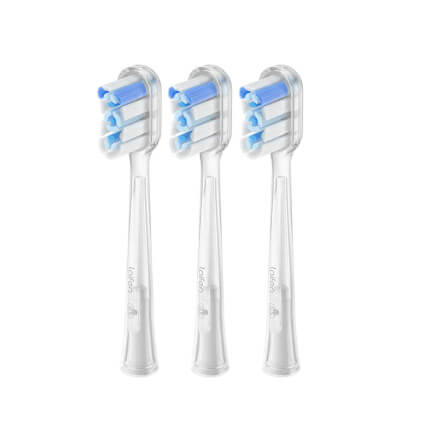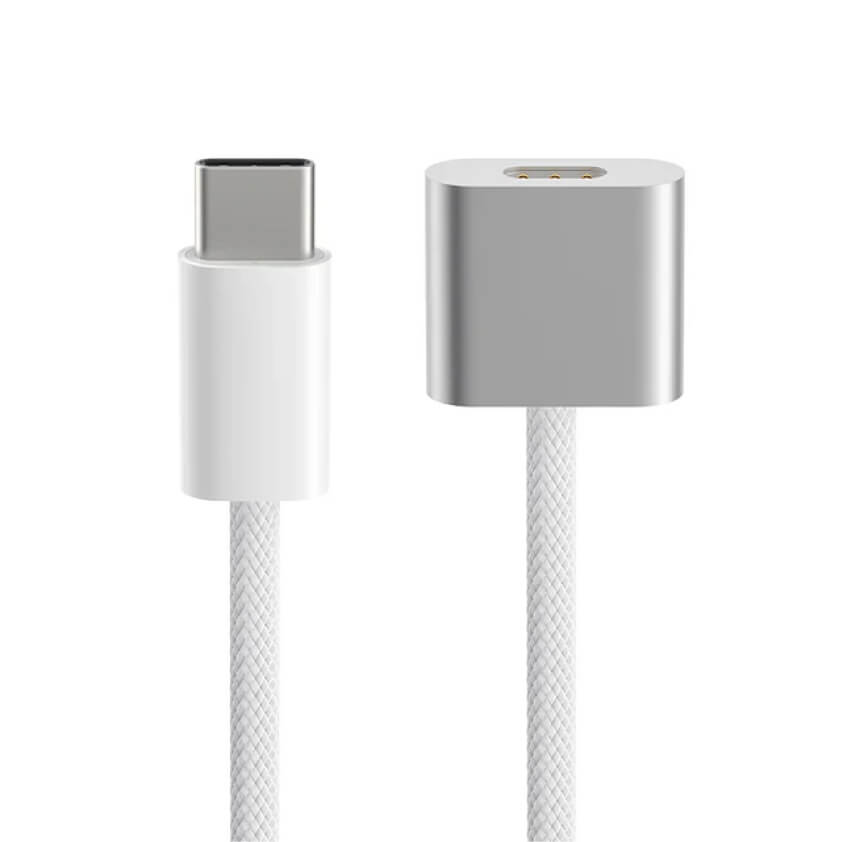
In this article
- Know about it
- Tame it with a dryer sheet (Old school, still gold)
- Blow dry without the shock with the Laifen Swift Special
- Toss the plastic brush (It’s the villain in this story)
- Leave-in spray is your best kept secret
- Hydrate from the inside out
- Use a humidifier in your room
- Don’t skip conditioner (Ever)
- Switch to microfiber towels (Because terry cloth is a traitor)
- Spray your brush with hairspray (A stylist’s secret weapon)
Static hair is one of those strange beauty betrayals and starts levitating like it’s auditioning for a ghost movie. We blame the weather, the wool scarf, the dry air in the office. And sure, those play a part.
One silent offender often escapes the blame: your hair dryer. The wrong kind can zap your strands of moisture and build up electric charge without mercy. That’s why the Laifen Swift Special Hair Dryer is built with next-gen ionic tech to cancel out static at the source. Surely, dryers are only one piece of the puzzle.
Know about it
What is the static of hair
Static in hair is what happens when science decides to mess with your style. It’s your strands literally picking a fight with each other. When your hair builds up too much electrical charge, from dry air or friction (think brushing, hats, or synthetic fabrics), the strands start repelling like magnets turned the wrong way.
Static hair causes
Dry air (a.k.a. winter’s not-so-cute side effect)
When humidity drops, so does your hair’s moisture level. Dry hair is like a sponge for static, which clings to any passing charge like it’s desperate for attention. That’s why your hair behaves in summer but becomes a science experiment by November.
Plastic hairbrushes
Brushing your hair with plastic is basically asking for a static storm. Every stroke builds friction, which leads to an electrical charge. It’s like rubbing a balloon on your head, except less fun. Switch to a wood or metal brush if you want peace on your scalp.
Synthetic fabrics (coats, hats, scarves)
That cozy fleece blanket or your favorite knit beanie? Yeah, they might be making your hair stand on end. Synthetic materials generate static like it’s their job, and every time your hair touches them, it pays the price.
Overwashing or using harsh shampoos
Stripping your scalp of natural oils leaves your hair defenseless. When your strands are brittle and parched, they’re more likely to build static with even the slightest movement. Moisture is your hair’s grounding wire.
Wrong hair dryer
Heat alone can dry your hair out, but some hair dryers go a step further and actively create static by blasting away your hair’s natural balance. That’s why ionic dryers like the Laifen Swift Special exist to dry your hair without charging it like a battery.
Tame it with a dryer sheet (Old school, still gold)
It might sound like something your grandma did, but running a dryer sheet through your hair is still one of the quickest ways to shut down static. No joke. That thin little square is packed with positively charged ingredients that neutralize the charge in your hair. Just glide it gently over the top layer of your hair, like you’re smoothing down the chaos. In a pinch, rub it on your pillowcase or even your brush. Static doesn’t stand a chance.
Pro tip: stash one in your coat pocket. Your hair will thank you every time you take off your scarf.
Blow dry without the shock with the Laifen Swift Special
Most hair dryers are like mini static machines. They strip away moisture, blast your hair with dry heat, and then leave you with a halo of flyaways. Meet the Laifen Swift Special Hair Dryer. Instead of charging your strands like a balloon at a birthday party, it uses negative ion technology to cancel out static before it starts. And it dries fast without frying. Start on a low heat, then finish with the cold shot to seal the deal.
A drop of oil, but make it surgical
Static hair is thirsty hair. The less moisture your strands have, the more likely they are to start levitating. A tiny drop of oil can ground those rebellious flyaways in seconds. Warm it between your palms (like you’re about to cast a spell), then press it into your ends.
Toss the plastic brush (It’s the villain in this story)
You know that satisfying crackle when you brush your hair in a dry room? Yeah, that’s your plastic brush building up enough static to launch your strands into orbit. Switch it out. Wooden combs or metal brushes don’t hold an electrical charge, which means they glide without the zap. Wood, in particular, is like nature’s anti-static remedy. If your hair feels like it's fighting you every time you brush, it’s probably not your hair. It's your brush.
Leave-in spray is your best kept secret
You don’t need to soak your hair to fix it, you can just mist it smart. A good anti-static spray gives your strands a drink and calms that fuzzy halo instantly. You can select from one with glycerin, aloe, or panthenol that are ingredients that love thirsty hair. Spray lightly from mid-length to ends, then smooth with your fingers or a wide-tooth comb.
Hydrate from the inside out
Dry hair is static’s playground. If your body is dehydrated, your hair will be too. You can layer on all the serums and sprays you want, but if you’re running on coffee and vibes, static is going to win. Start with real hydration: drink water, eat omega-rich foods (think avocados, salmon, flaxseeds), and don’t skimp on leafy greens.
Use a humidifier in your room
Static thrives in dry air is practically part of its DNA. If you’re living somewhere with cold winters or desert vibes, your indoor air might be zapping your hair without you even knowing it. Enter the humble humidifier. Plug it in at night while you sleep or set it next to your vanity while you get ready. As it pumps gentle moisture back into the air, your hair stops charging up like a battery.
Don’t skip conditioner (Ever)
Think of your conditioner as a grounding wire for your hair. It adds weight, slip, and moisture, all of which help keep static away. A lot of people skip it, especially if they’re short on time or worried about oily roots. You can apply conditioner only from mid-length to ends, where static tends to live.
Switch to microfiber towels (Because terry cloth is a traitor)
Traditional bath towels might feel fluffy and spa-like, but they’re rougher than they look. When you rub your hair dry with one, you’re actually stirring up static with every swipe. Instead, go for a microfiber towel or a soft cotton T-shirt. They’re more absorbent, and reduce the friction that leads to flyaways and frizz.
To use: wrap your hair, don’t twist or rub, and let the towel do the drying. It’s like giving your hair a hug instead of a wrestling match.
Spray your brush with hairspray (A stylist’s secret weapon)
This one’s a bit of backstage magic. Before you run a brush through your hair, mist it lightly with hairspray, not your hair, your brush. It’s an old trick stylists use on photo shoots to tame static and create looks without soaking the hair in product. The spray gives the bristles a bit of grip and helps smooth down the charge as you style. It’s helpful when you’re working with clean hair, which tends to be more static-prone.


